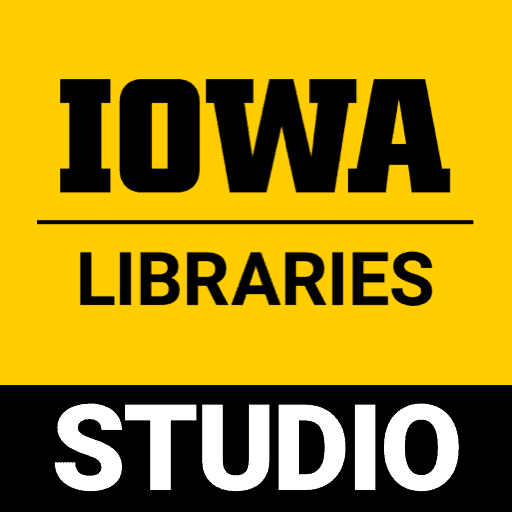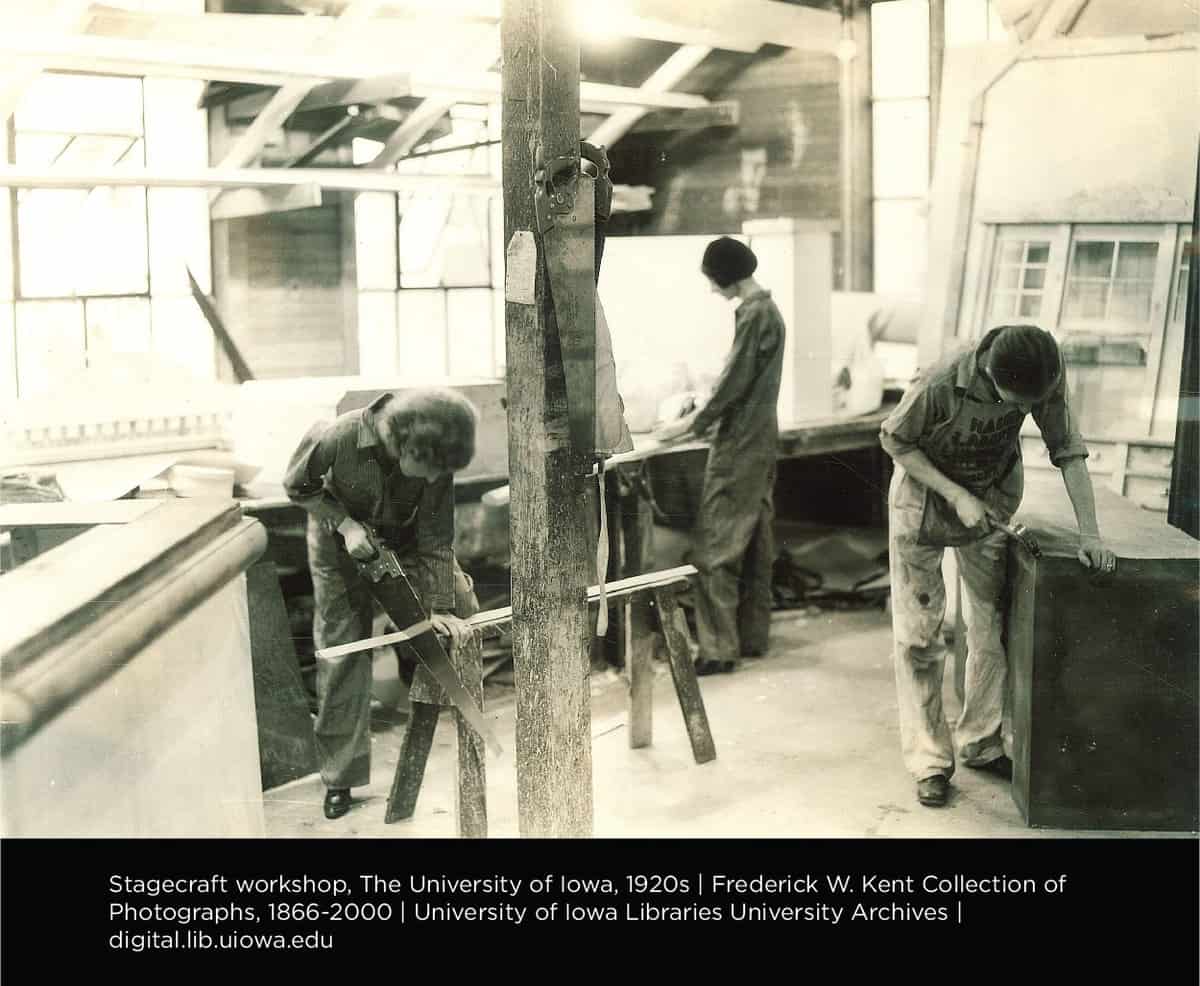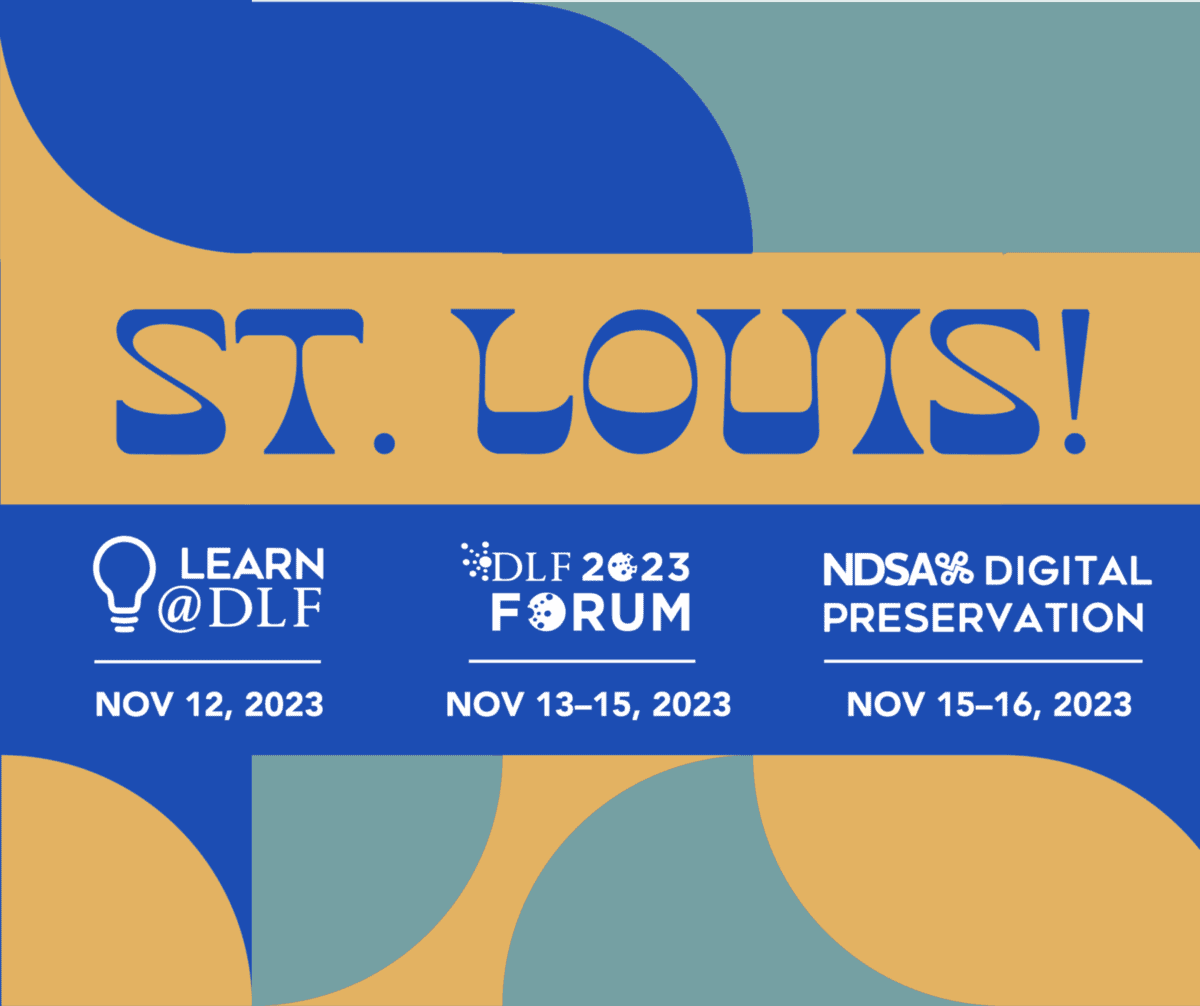By Miranda Donnellan Archives are not infallible. As a librarian, this is a fact of life. But as a digital humanist, I am empowered to solve this problem. For my Public Digital Humanities Certificate capstone, under the guidance of Cornell College’s Professor Kirilka Stavreva, I created a digital archive highlighting the works of Jewel BothwellContinue reading “The Literary Heritage of Cornell College: Creating Digital Resources to Support Our Community”
Category Archives: Digital Scholarship & Publishing
The Literary Heritage of Cornell College: Using Digital Resources to Preserve the Past by Miranda Donnellan
Archives are not infallible. Paper disintegrates, photos acidify, and even metal rusts and ages. Every librarian and archivist knows that preservation relies on prevention far more than restoration, but there is only so much control you can exert over nature’s most significant force: time. As a joint Library Science and Digital Humanities student, I amContinue reading “The Literary Heritage of Cornell College: Using Digital Resources to Preserve the Past by Miranda Donnellan”
Studio Summer Fellowship applications are open for submission!
Applications are now being accepted through Feb 7 at 5 p.m. for the Digital Scholarship & Publishing Studio’s 2024 Summer Fellowship Program. The program is open to all UI PhD, MFA, and DMA students looking to benefit from an in-person, mentored digital scholarship experience this upcoming summer. Learn more about the program and apply onContinue reading “Studio Summer Fellowship applications are open for submission!”
The Studio’s Senior Developer selected to receive 2023 Benton Award
The Studio’s Senior Developer Matthew Butler has been selected to receive the Arthur Benton University Librarian’s Award for Excellence. Butler has contributed significantly to the continued success and excellence of the Studio and the UI Libraries during his several years of service. Read more about the award and Butler’s contributions over the years in aContinue reading “The Studio’s Senior Developer selected to receive 2023 Benton Award”
The Studio’s Nikki White to Present at DLF
We are excited to share that the Studio’s Digital Humanities Research & Instruction Librarian Nikki White will present with a panel including, UI Libraries’ Wendy Robertson, Roxanne Shiraz from CUNY’s Graduate Center, and Laura Morreale at this year’s DLF Forum! The group “will present examples of current efforts to improve description and discovery of DHContinue reading “The Studio’s Nikki White to Present at DLF”
Digital Scholarship & Publishing Studio partners with faculty to map race-restrictive covenants in Greater St. Louis
Earlier this year, our Geographic Information Specialist, Jay Bowen, worked with Colin Gordon at the Department of History to visualize his extensive research on racially restrictive covenants impacting residential parcels throughout Greater St. Louis in a new interactive map. With this map, users can explore parcel-by-parcel the historical proliferation of these covenant restrictions from 1870Continue reading “Digital Scholarship & Publishing Studio partners with faculty to map race-restrictive covenants in Greater St. Louis”
Introducing the Digital Scholarship & Publishing Studio’s 2023 Summer Fellows
The University of Iowa Graduate College and the UI Libraries Digital Scholarship & Publishing Studio are excited to announce that 11 graduate students have been selected for the 2023 Studio Summer Fellowship program. These individuals will soon take part in an 8-week course that provides mentored digital scholarship experience, as well as training in skillsContinue reading “Introducing the Digital Scholarship & Publishing Studio’s 2023 Summer Fellows”
Behind the scenes: On facing failure and preparing for a new beginning
My digital capstone experience has been a learning experience in the best possible way. That is to say that, while I didn’t accomplish nearly as much as I had hoped to get done, I did learn a great deal which will make my digital humanities work more effective and efficient in the future. Cleaning theContinue reading “Behind the scenes: On facing failure and preparing for a new beginning”
Migration Mapping Journey: Engaging with digital tools and progressing
For my QGis mapping project, I mapped the migration patterns of the Chewa and Chikunda ethnic groups to Zimbabwe between 1900-1970. The primary objective of my capstone project was to develop a map that helps illustrate and visualize the argument I make in my dissertation. The map was the best suitable visual mode because itContinue reading “Migration Mapping Journey: Engaging with digital tools and progressing”
Reflecting on digital publishing accessibility and academic publishing
My digital certificate journey is coming to an end. As I continue to work on my dissertation, I will continue to think about the skills I have learned working with the digital studio team. When I started my project, my goals were: 1. learn to scrape data from posts and comment sections from two mainContinue reading “Reflecting on digital publishing accessibility and academic publishing”



